
Researchers from the Vanderbilt University Medical Center believe a small tropical frog could be a potent weapon in the war against HIV. Their report, in the Journal of Virology, indicates that compounds secreted by frog skin are potent blockers of HIV infection.
“Amphibian skin has long been favored in folklore for its medicinal properties,” said researcher Louise A. Rollins-Smith. “Frogs are a rich source of potentially useful molecules that might work against human pathogens. Frogs produce and secrete compounds called antimicrobial peptides to fight off bacteria, fungi and viruses that land on their skin,” she explained. “Frogs have evolved over millennia to combat such pathogens, so we want to learn from the frog as much as we can about these molecules.”
The new study came about by chance when amphibian researcher Rollins-Smith met HIV researcher Derya Unutmaz in a hallway and they decided it would be an interesting cross-disciplinary exercise to investigate whether any frog peptides have activity against human viruses. They then screened 15 antimicrobial peptides from a variety of frog species for their ability to block HIV infection of T cells, the immune system cells targeted by HIV. They consequently found several that inhibited HIV infection without harming the T cells.
While the ability of the peptides to destroy HIV was exciting, the researchers knew that to be really effective, they needed to prevent transmission of HIV from dendritic cells to T cells. Dendritic cells are the sentinels of the immune system, residing in mucosal surface tissues and scanning for invading pathogens. “Their purpose in life is to capture the enemy, bring it to the lymph node – the command center – and present it to the general, the T cell, to activate a battle plan,” Unutmaz explained. “It’s a very efficient system that has allowed us to survive many insults, pathogens and viruses.”
But when HIV is picked up at the mucosal surface by a sentinel dendritic cell, it somehow evades destruction. Instead, it hides inside the cell, waiting to invade the T cell with a Trojan Horse-like mechanism. This clever behavior “may explain why after 20 years we don’t have a vaccine for this virus,” Unutmaz said. “Normally the dendritic cell passes the virus to the T cell, and we get very efficient infection of the T cell. But when we treated the dendritic cells with peptides, the virus was gone, completely gone. This was a great surprise.”
But the researchers were puzzled, since the prevailing notion is that HIV captured by dendritic cells is hidden and protected. The investigators currently are using imaging technologies to test the hypothesis that HIV is actually cycling to the dendritic cell surface. “We think maybe it’s popping its head out, looking around for a T cell, and then going back inside to hide until it cycles out again,” Unutmaz said. If peptide is present outside the cell, “it targets the virus that pops up and kills it.”
“This is very exciting, as it suggests that these peptides could be very effective since the virus now has nowhere to hide,” Unutmaz said.
The American Foundation for AIDS Research will now fund the researchers continuing quest to understand how the frog peptides kill HIV in dendritic cells. Their plans include imaging how the peptides work, screening additional frog peptides for activity, and testing peptides on a mucosal cell system. “If we are able to learn the mechanisms these peptides are using to kill HIV, it might be possible to make small chemical molecules that achieve the same results,” Unutmaz concluded.
Based on material from Vanderbilt University Medical Center




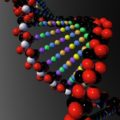



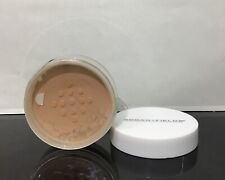
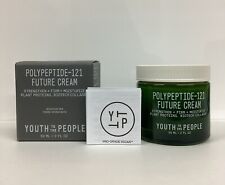
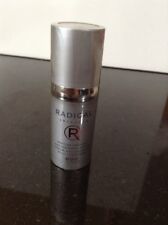

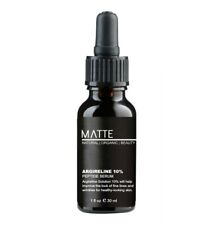
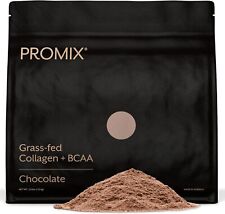
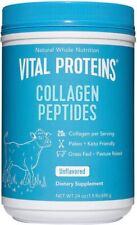
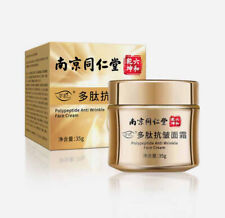
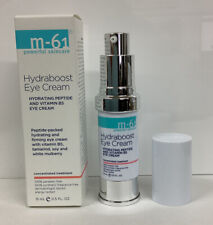
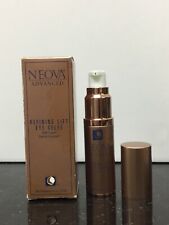
Comments are closed.